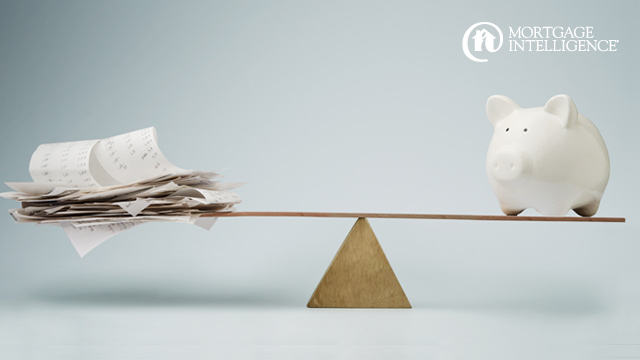 Not all debt is created equal – and not all debt is bad. In fact, you need some debt to establish a good credit rating. Being a responsible borrower means knowing which types of debt can help you reach your financial goals and which types leave you further behind. So how do you distinguish between debt that’s good and maybe not so good? Good debt includes any investment or purchase that helps improve your overall financial position:
Not all debt is created equal – and not all debt is bad. In fact, you need some debt to establish a good credit rating. Being a responsible borrower means knowing which types of debt can help you reach your financial goals and which types leave you further behind. So how do you distinguish between debt that’s good and maybe not so good? Good debt includes any investment or purchase that helps improve your overall financial position:
Mortgage loans. We are benefiting from historically low mortgage rates, and over the long-term, property has gained in value. You also build equity as you pay down your mortgage. This combination of low mortgage rates and increasing home equity creates smart debt.
Investments. Certain investments generate income and capital gains. Often, the interest expense on money borrowed for investments is tax deductible. Borrowing money to maximize your RRSP contributions is also good debt, since you’re investing in your future and benefiting from tax sheltered investment growth.
Bad debt involves purchases where the value becomes lower than the original cost, and which can carry a high rate of interest, making them harder to pay off:
Credit cards. Though you need to activate and use at least one credit card to generate credit history, irresponsible use can get you deep into debt. If you usually carry a balance on your card and make only the minimum payment each month, you’ll end up paying significantly more in the long run.
Buying a new vehicle. Before you start shopping for new wheels, keep in mind that cars start depreciating in value as soon as you drive them off the lot. Try not to buy more car than you need!
Deferred purchases. Be wary of advertisements for big purchases like furniture or home electronics at places where you “do not pay until 2018!” Sellers add financing charges to the cost of these items, and you could also be slapped with a steep interest rate until the item is paid off.
Preventing or reducing credit card or other bad debt may seem overwhelming at first, but it is manageable. Avoid cash advances, since these carry high interest penalties; use your debit card or cash instead. Only use your credit card to buy what you can afford, and pay off the balance in full each month. If you’re still unsure about your debt situation, set up a meeting with an expert at MiMortgage.ca. We can take you through your finances and advise you how you can use your home equity to trade bad debt for smart debt, and give you some financial breathing room. The right refinancing package can help put an end to the monthly squeeze of too much credit card debt or too many loans, and help you get back into your financial comfort zone.

